Florida Southern College - Main Campus Locations
Throughout its history spanning across the state of Florida, Florida Southern College has been known by various names. The school’s earliest origins can be traced to Micanopy under the name East Florida Seminary in 1852; however, Florida Southern’s first main campus was established in 1883 in Orlando, where it was known as the South Florida Institute. During these years in Orlando, the school’s name was changed to Wesleyan Seminary and shortly after to Wesleyan Institute. In 1886, the school moved to Leesburg where it became Florida Conference College and Joshua Hollingsworth became the first official president. Later, in 1902, Florida Conference College moved to Sutherland where it was renamed The Florida Seminary. Four years later, in 1906, the college was renamed to Southern College. Unfortunately, a series of disasters plagued the Sutherland campus, including storms, fire, and an outbreak of influenza. From 1921-1922, a hotel in Clearwater served as a temporary location before the College officially moved to Lakeland where it has flourished ever since.
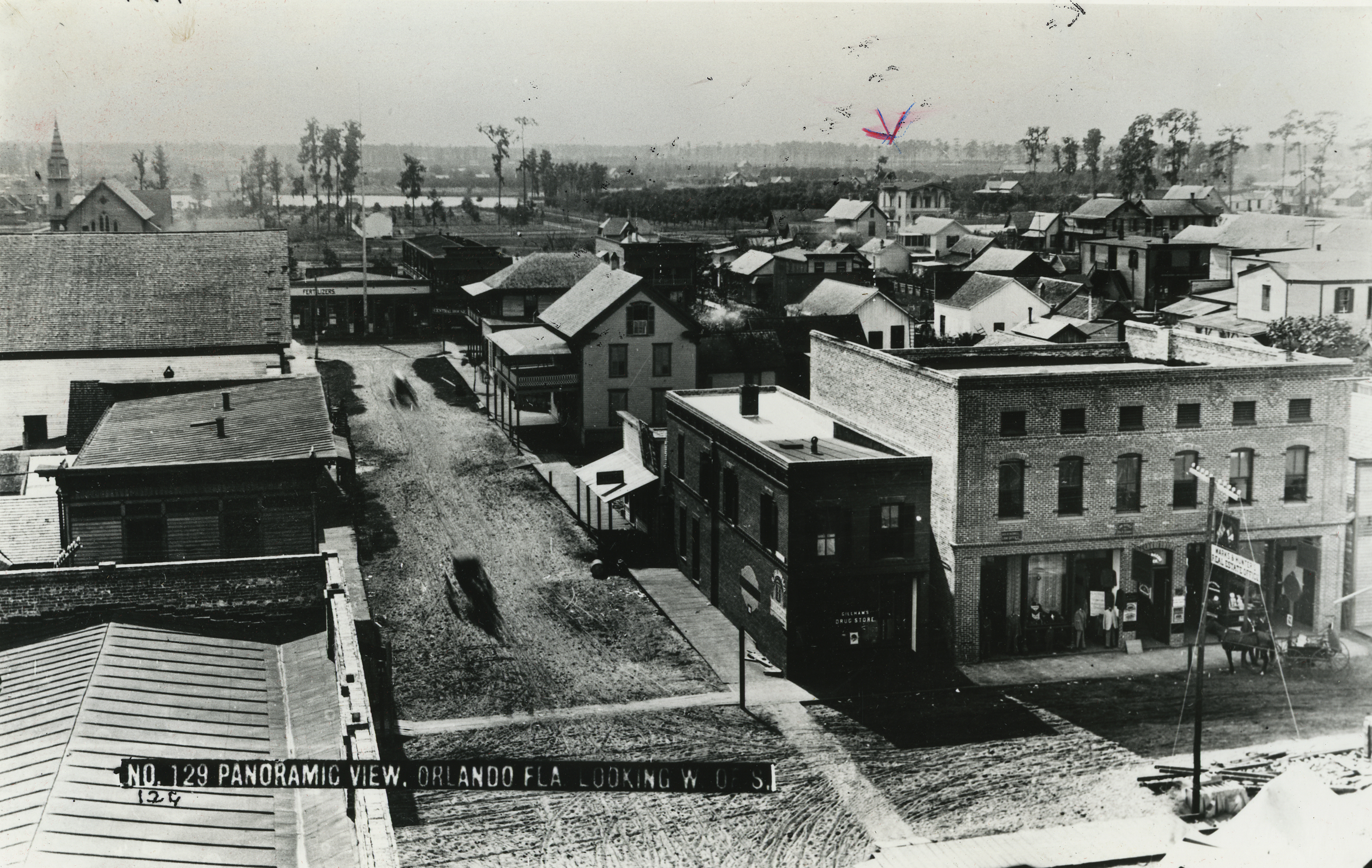 Orlando
Orlando
(1883 - 1886)
Florida Southern College began as the South Florida Institute in 1883 in Orlando. However, the institution’s name was soon changed to Wesleyan Seminary and then again to Wesleyan Institute. In 1885, the school was officially chartered. The school began its operations in a four-room building with four teachers and fifty-eight students with Rev. Claude Saunders serving as the first Principal of the school. Orlando also did not have any public schools at this time, so public school courses were also offered.
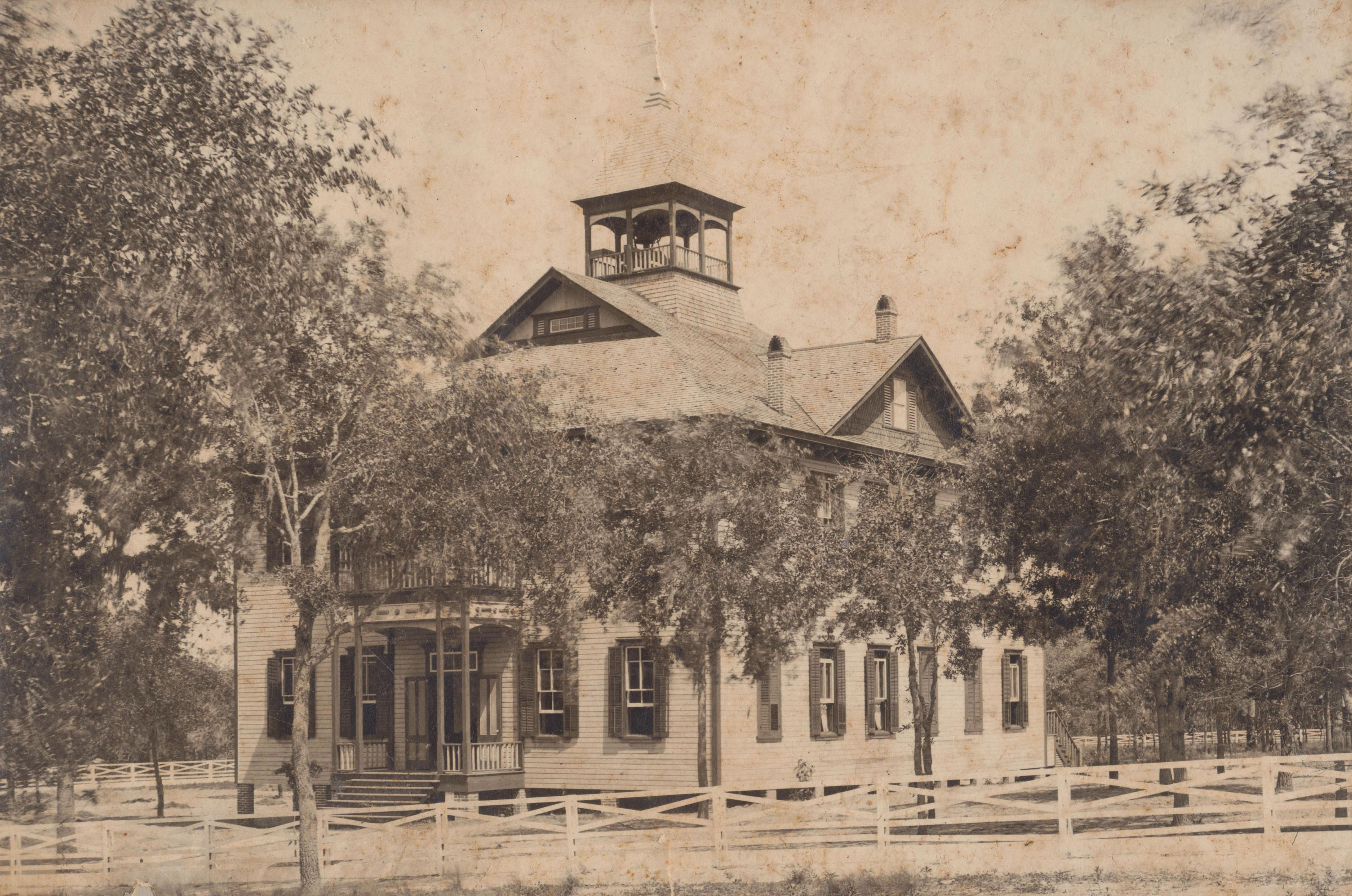 Leesburg
Leesburg
(1886 - 1902)
By 1886, the trustees of the Wesleyan Institute were requesting that another, more suitable property be purchased for the College. At the time, Leesburg was regarded as having a much brighter future ahead of it than Orlando, and Leesburg also had a new unfinished school building within the city. This brighter future and new building made it the ideal location for the Wesleyan Institute to move to. After moving to Leesburg, a new Board of Trustees was elected and the school’s name was changed to The High School and College of the Florida Conference of the Methodist Episcopal Church, commonly shortened to Florida Conference College. The move to Leesburg also brought with it the naming of the first official President of the Florida Conference College, Joshua Hollingsworth. The College remained in Leesburg until 1902, with six other presidents serving during that time: Rev. W.W. Seals, Dr. T.W. Moore, Rev. H.E. Partridge, Dr. W.F. Melton, Dr. J.T. Nolen, and Rev. T.G. Lang.
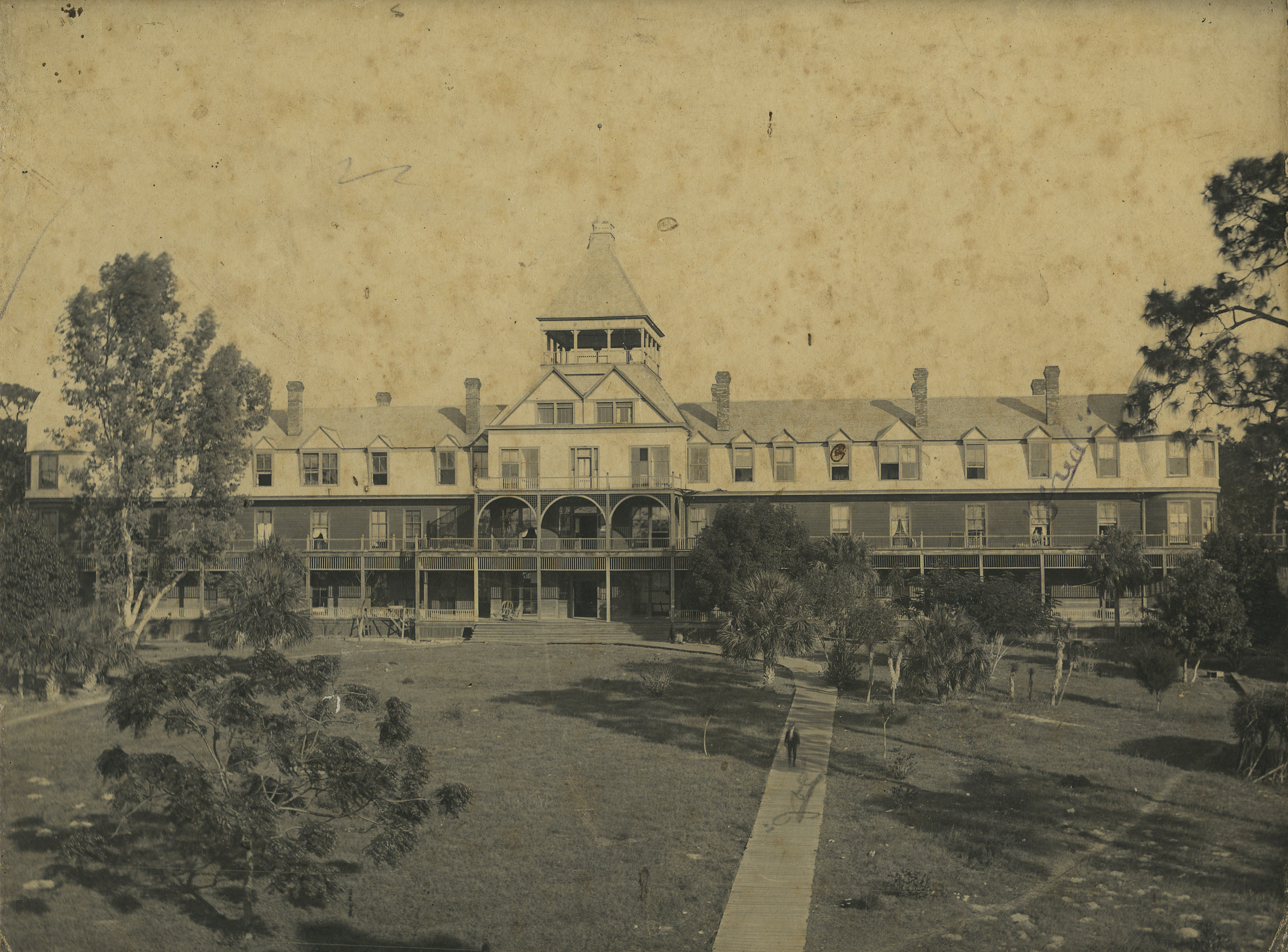 Sutherland
Sutherland
(1902 - 1921)
In 1902, Florida Conference College purchased 440 acres of land from the Sutherland Land and Improvement Company in what today is known as Palm Harbor. Alongside this land, the College also purchased the Gulf View and San Marino Hotels to use as men’s and women’s dormitories. The Sutherland Land and Improvement Company had originally intended for the land and hotels to be a tourist hotspot, but when this venture failed, they eventually sold the properties to Florida Conference College. The move to Sutherland also brought with it the selection of a new President, Dr. Shade Wilson Walker, and a new name for the school: The Florida Seminary. Dr. Walker served as president for eight years, with Dr. John Presley Hilburn serving after him for five years, Dr. W.L. Clifton serving for two, and Dr. Rhenus Hoffard Alderman serving as President until the College’s move to Lakeland. During Dr. Walker’s term, in 1906, the school’s name was changed to Southern College. While Southern College grew exponentially during its time in Sutherland, it also suffered great loss. An influenza outbreak in 1918 made recovery from a previous storm extremely difficult for the College. Much of the Sutherland campus was then destroyed between the years of 1918 and 1921, with a large storm battering the campus and later a fire burning down multiple buildings. These disasters pushed the College to temporarily move to Clearwater where Trustee E.T Roux had offered use of his hotel for the College.
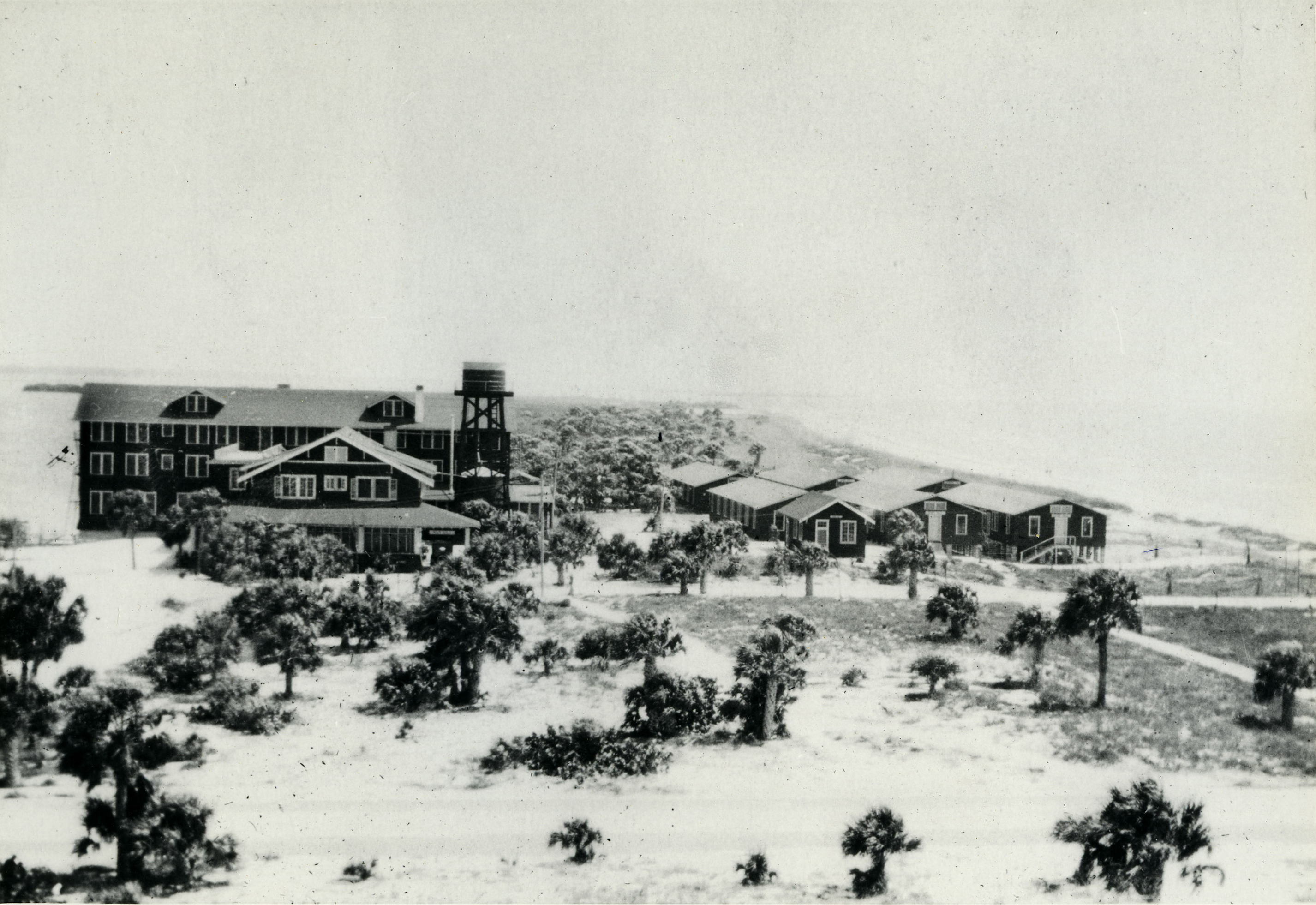 Clearwater
Clearwater
(1921 - 1922)
For just a year, E.T. Roux’s Clearwater Beach Hotel served as a temporary home for the College; soon after the College’s arrival in Clearwater, the Board of Trustees began looking for a new permanent home. Many cities across Florida made bids: Tampa, Lakeland, St. Petersburg, Fort Pierce, and Jacksonville. However, it was ultimately Lakeland that won the bid. While prospects for the future in Lakeland were hopeful, back in Clearwater, things were the opposite. In the fall of 1921, a storm battered the gulf coasts and washed away the foundations of multiple buildings as well as caused severe damage to the rest of the campus. While the repairs were being made, a fire the next spring destroyed six temporary buildings and the men’s dormitory. With the troubling events in Clearwater, the pressure to move was increased and plans were quickly drawn up for the new Lakeland campus by architect F.H. Trimble. With everything set in motion, the Lakeland campus was set to open that fall.
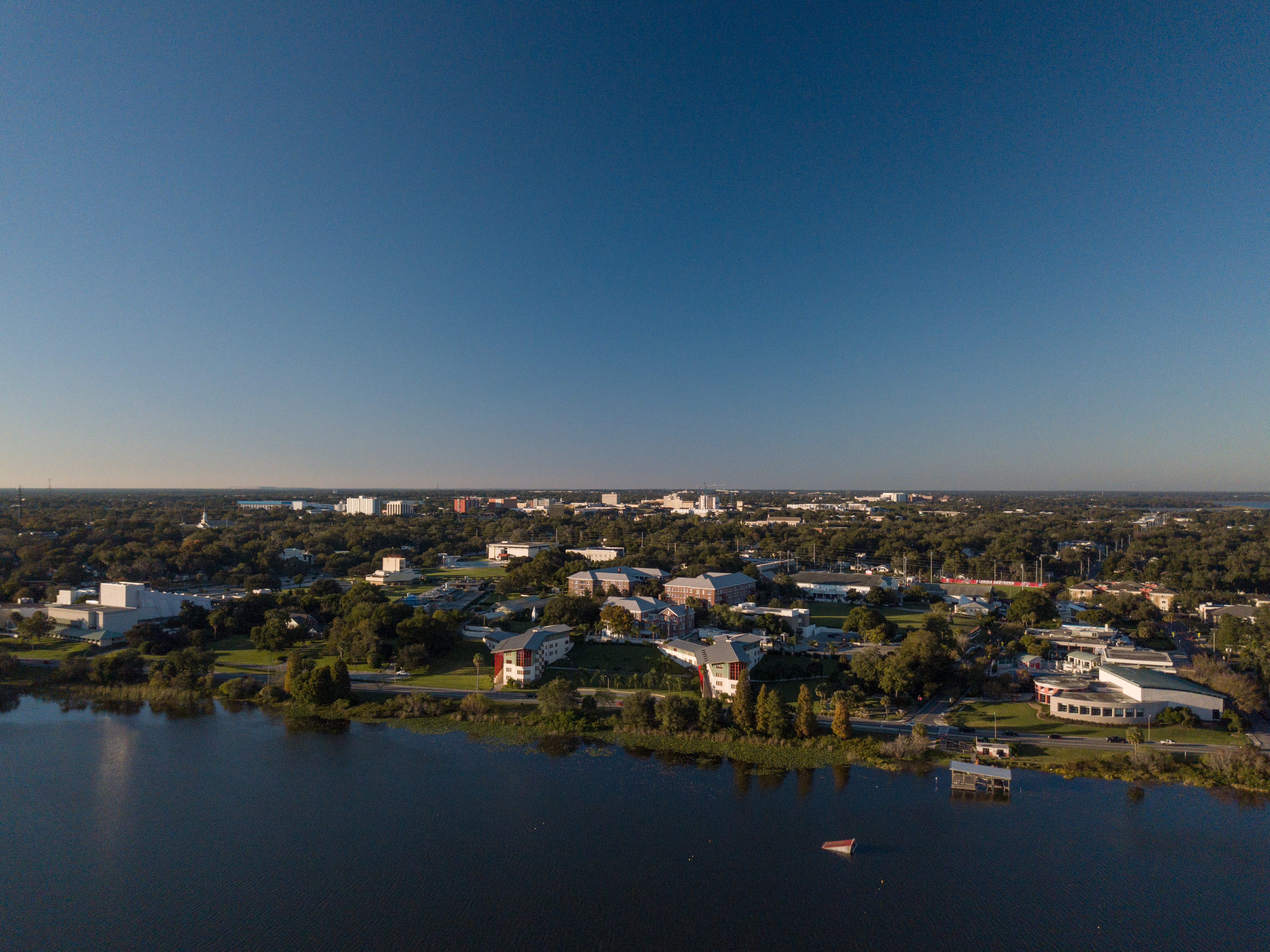 Lakeland
Lakeland
(1922 - Present)
In Lakeland, the campus started out with two buildings: a women’s dormitory and a social hall which contained classrooms, the library, labs, and a dining hall. In 1925, President Alderman announced his retirement and Dr. Ludd M. Spivey was chosen as his successor. Dr. Spivey was responsible for much of what is on campus today. He championed Southern College through rallying supporters and raising the funding needed to keep the College going. Dr. Spivey was also responsible for bringing Southern College to the attention of Frank Lloyd Wright in the 1930s. Wright came to the campus in 1936 to inspect the grounds, and from there, he agreed to the construction of buildings on the campus. Since then, the campus has continued to grow and flourish.
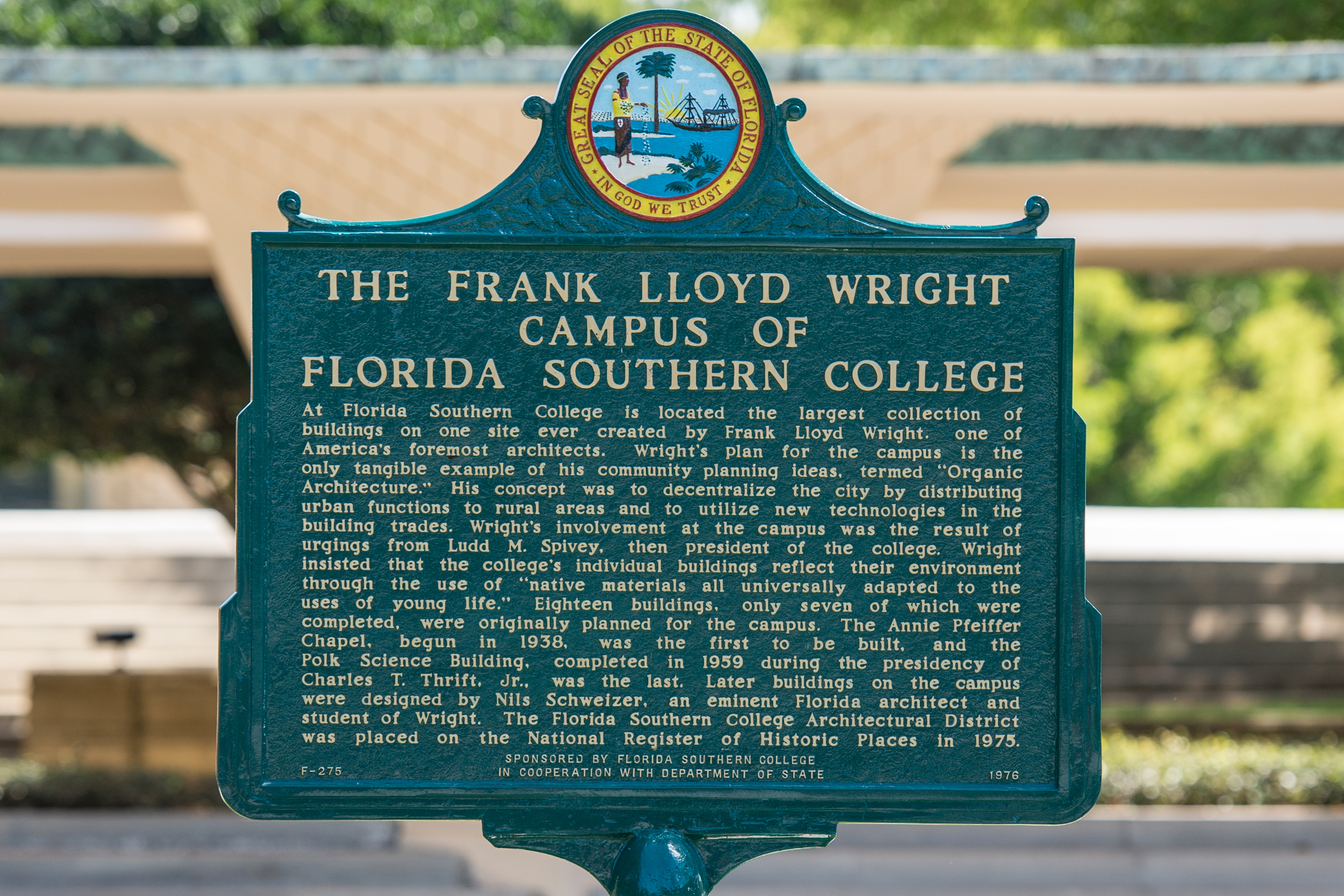 The national, and even international, historical significance of these Frank Lloyd Wright buildings, as well as the Lakeland campus as a whole, has been recognized by multiple organizations throughout the years. On June 11, 1975, Florida Southern College was listed in the National Register of Historic Places. A dedication ceremony was held on February 16, 1977 to receive the honor and the accompanying plaque. Today, the plaque can be found outside the Watson-Fine Administration buildings.
The national, and even international, historical significance of these Frank Lloyd Wright buildings, as well as the Lakeland campus as a whole, has been recognized by multiple organizations throughout the years. On June 11, 1975, Florida Southern College was listed in the National Register of Historic Places. A dedication ceremony was held on February 16, 1977 to receive the honor and the accompanying plaque. Today, the plaque can be found outside the Watson-Fine Administration buildings.
In 2008, the Frank Lloyd Wright buildings on campus were added onto the World Monument Fund’s World Monuments Watch list because the buildings had begun to suffer from deterioration issues, such as water infiltration. By being added to this list, Florida Southern College was able to obtain both the funding and resources required to help better preserve these buildings for future generations. One of the main undertakings was a textile block restoration project in Annie Pfeiffer Chapel as these blocks had been the most susceptible to water infiltration. The project included a block-by-block analysis as well as laboratory testing to determine the best repair and preservation methods.
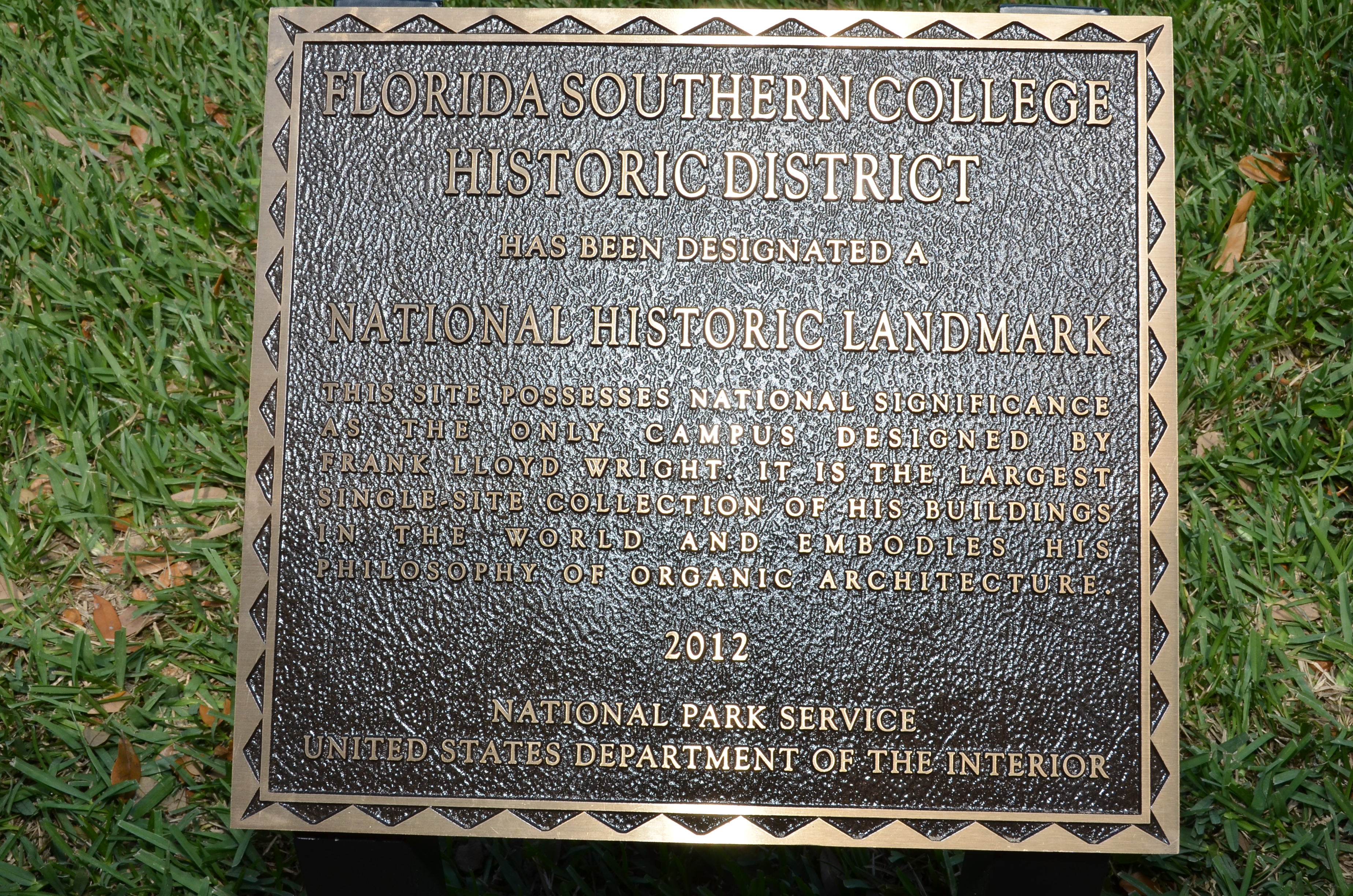
Due in part to these restoration efforts, on March 2, 2012, the Child of the Sun collection of Frank Lloyd Wright buildings was designated as a National Historic Landmark District by the National Park Service because the campus is the largest single-site collection of Frank Lloyd Wright architecture in the world.
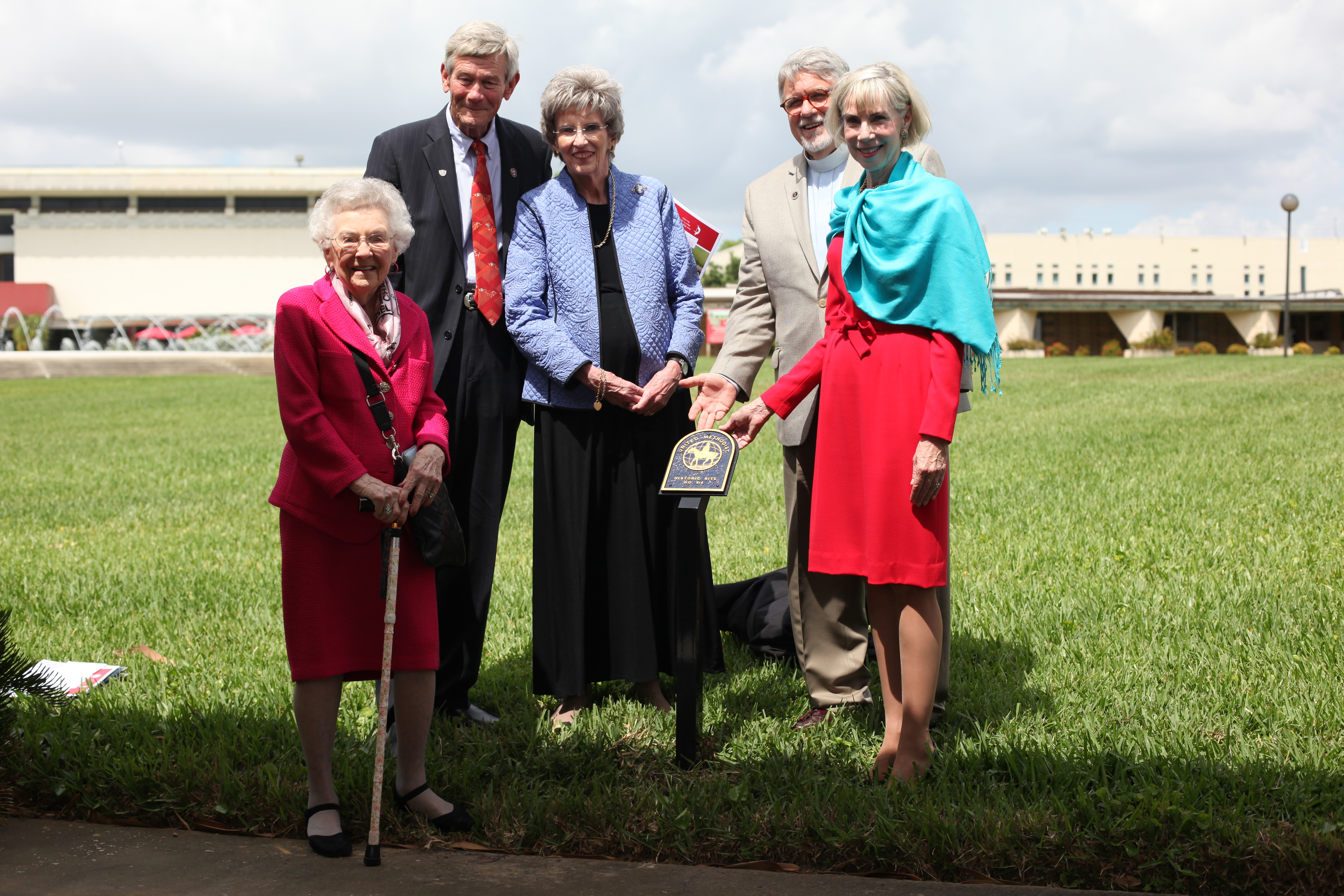
Most recently, on March 31, 2017, the campus was also designated as a United Methodist Historic Site with the commemorative plaque located outside of Annie Pfeiffer Chapel.